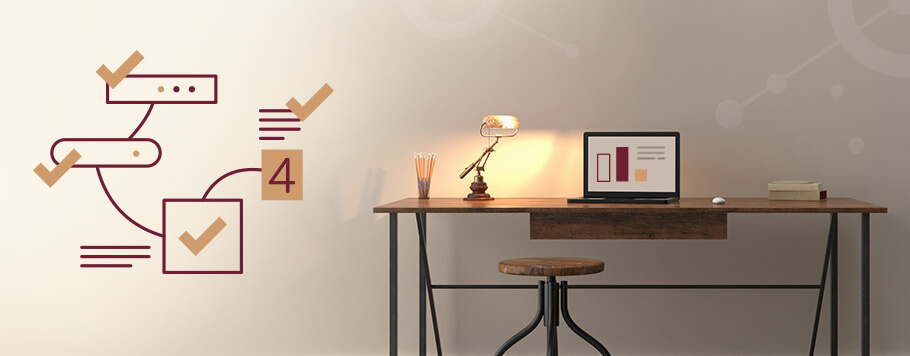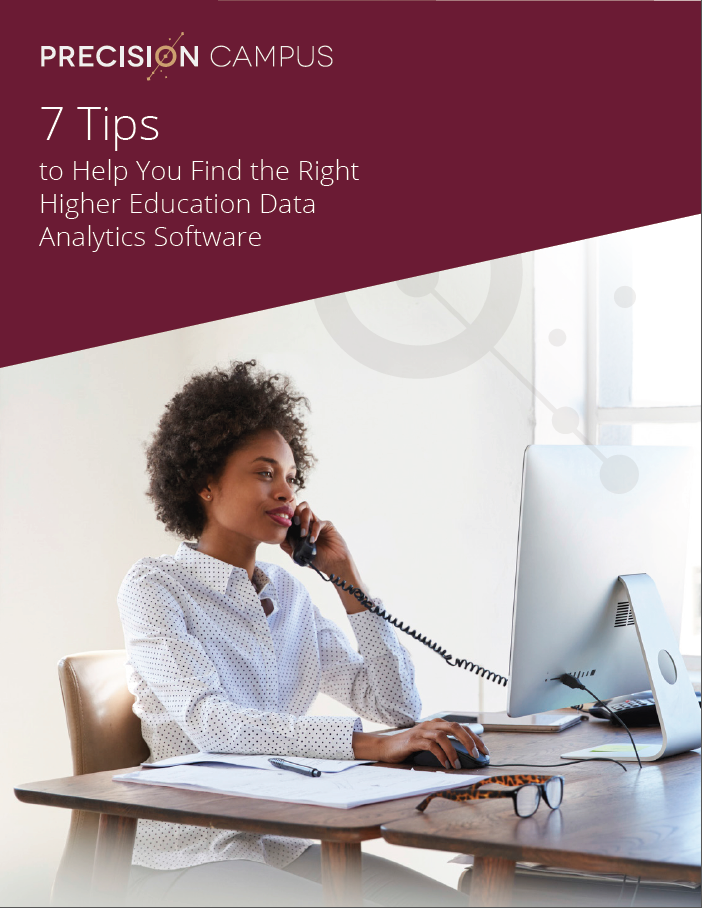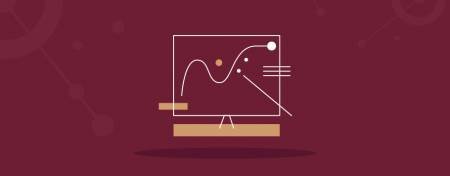Data analytics in higher education is incredibly useful when it comes to tracking trends that could help you better plan and prepare for your institution’s success. The only thing standing between you and these data-driven, actionable insights is your reporting software.
Sounds like an easy fix, right? Not exactly. Without the right reporting software, putting your valuable data to work for you is time-consuming, complicated and burdensome. But with the right program, you can seamlessly uncover a unified view of your data, giving you the power to improve the future of your institution.
Since no software program is the same, you really need to do your homework throughout your search for the right reporting program. Follow our tips below and you’ll be well on your way to selecting the perfect software program for your institution.
And keep an eye out for a special bonus at the end of this article!
Tip #1: Know Exactly What You’re Getting for Your Money
The value of anything in the world of higher education is a heavily contested matter. So, of course you’re going to consider price a huge deciding factor in determining whether or not a certain software program is right for your institution. But just how much should you plan on spending and what are you going to get for your investment?
Here’s a snapshot of some current pricing structures for data analytics software for higher education:
| Item | Investment* |
| An enterprise software license can start at $250k, which is a substantial initial investment for software you don’t even know if you’ll like. | $250,000 one-time fee |
| There’s also a yearly annual charge, usually around $50k. | $50,000 annually |
| Next, it will be your responsibility to provision a server, whether it’s on-site or in the cloud. Regardless, you’ll need IT resources. | IT’s ongoing time and resources |
| You’ll also need to hire a programmer to create the reports you need, since it’s unlikely that the software will come with them already built. Side note: The average annual salary for a programmer in the U.S. is around $80k. | $80,000 annually |
| Your programmer will need time to build the reports, possibly 6 to 12 months which will delay getting up and running. | A 6 to 12-month delay |
Don’t let this pricing breakdown scare you! Not everyone is going to charge this much. This is just an example of how a contract could possibly break down.
Now that pricing is in perspective, be sure to thoroughly evaluate any contract you see. That means read it, read it again, have other people read it and then read it once or twice more. Then be sure to ask the data analytics software company:
- Do any reports come prebuilt or are you starting from scratch?
- What resources will be your responsibility to provision and maintain?
- Does someone with an IT background need to constantly maintain this software?
- Will you be stuck in a 5-year contract even if you don’t like the program?
Also take note of how open the company is when it comes to how their pricing is structured. Is it listed on their website? Is the breakdown easy to understand? Beyond what is listed publicly, be aware of how the sales team approaches the topic of pricing and if they are willing to talk to you about everything except cost.
Tip #2: Choose a Software Company That is Exclusive to Higher Education
This is something that most higher education institutions don’t usually think about, but it’s one of the most important things to consider when you’re searching for a data analytics software program.
If you choose a software program that’s designed for any type of business, how is that going to affect you in the long run? Will the company understand how to help you satisfy your strategic priorities or state reporting requirements? Data analytics in higher education is incredibly unique, with dozens of specific reports that institutions are constantly dealing with, including:
- Course Success Rates
- Retention and Graduation Rates
- Persistence Rates
- Admit Rates/Yield Rates
- Fall Enrollment/Fall Headcount
- The Achievement Gap
- Faculty Productivity/Workload
- Section Fill Rates/Waitlist Counts
- Classroom Utilization
- Year Over Year Enrollment
If the company has no idea what these reports are or if you need to have a tech background to create and customize any of those reports, then the program is not exclusively made for higher education.
The benefits of working with a company that knows the ins and outs of data analytics in higher education are endless. With a program that everyone in your institution can use, employees will have more autonomy to access data, which will give research departments more time to focus on higher value research and deliverables.
Communication is Key!
Diving even deeper, does the company know what you mean when you say your goal this year is to see a decrease in the achievement gap or to increase student achievement in key academic outcome areas like retention, success and completion? If they don’t, you may run into some communication issues throughout your relationship. And it’s an understatement to say communication is imperative when you’re dealing with software companies.
A vendor that knows what reports you need and how your strategic priorities work will know exactly what you’re asking when you need their help. A company that doesn’t specialize in any single industry might not be as fluent since they need to make a lot of different types of businesses happy.
Tip #3: Be Prepared for the Onboarding Process
Your data isn’t going to magically appear in highly customized reports overnight. There’s an onboarding process with any software company you work with that will require your data to be migrated into the new program.
On the bright side, this onboarding process shouldn’t take too long. The exact time requirement will depend on how quickly you’re able to provide your data. From there, it shouldn’t take longer than 7 days, unless you have more complex requirements.
Focus on Your Long-Term Goals
Try to see beyond the onboarding process. It may involve several days of a lot of work, but in the end it will be worth it when all your data is available in one, easy-to-use dashboard.
Remember: The quicker you provide your data, the faster you will be up and running!
Tip #4: Make Sure You Don’t Need to Hire Someone to Manage the Software
Earlier, we mentioned the price of having a programmer on staff, which could cost up to $80k a year. But even beyond that, you definitely don’t want to hire someone just to manage your software and here’s why:
There’s a huge cost investment whenever you hire a new employee. You’ll have to go through the vetting process to hire the right person, which could delay getting your reports up and running. Even after all of this, there will always be the risk of your new hire leaving in a few years, which means you’ll have to start the process all over again.
Also keep this in mind: If you need to hire someone to manage your software, is it really even easy to use? A program that’s truly user-friendly means you won’t need to hire someone specifically to manage it, and other personnel (department heads, deans, faculty, etc.) can easily access and pull whatever data they need, whenever they need it. So, if a company is saying their software is easy to use, make sure they mean it.



